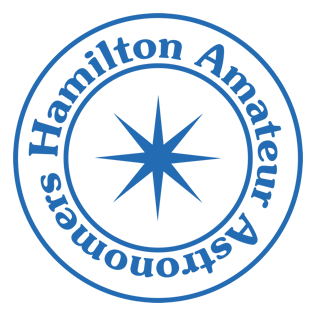We got out to our Burlington observing site Sunday evening (the 15th)with my 6 inch Schmidt-Cassegrain and Moe Chaput’s 10 inch reflector. Comfortable observing conditions, especially as compared to January! I re-acquainted myself with some targets from this time last year including the Eskimo Nebula (NGC 2392) – very nice, could see some detail that hinted at the heart shape but to me it looked more roundish and irregular. I also looked at Tau Canis Majoris Cluster, an open star cluster, and a favourite of mine, as the bright blue-white star that shines from about the centre of the cluster burns with the brightness of 50,000 suns. Then I keyed in the specific RA and DEC to get to my next target, V Hya, a carbon star in Hydra, the part of the constellation near Crater, roughly RA 10 hrs 51 min and DEC -21 deg (sorry I don’t have exact coordinates right now – It is marked as a variable star “V” in the Sky & Tel Pocket Atlas on page 36 and it also appears in Sue French’s book). This is a very reddish looking star – I thought it looked brighter a year ago, maybe it is piling up carbon soot in its’ atmosphere and shining less brightly. Finally checked out Saturn: the seeing was still very nice on Sunday night. Wow! Saturn’s rings are really skinny! I could see subtle banding on the planet’s surface and that ever so slim shadow of the rings across the surface. Only saw three moons for sure: Titan, Tethys and Rhea – been more successful at moon-hunting on other nights. My observing partner, Maurice Chaput, bagged a couple of Messiers he was looking for: a couple of globulars, M68 and also M3, which was quite spectacular in his 10 inch hand-made reflector. I gave M63 (the Sunflower Galaxy) in Canes Venatici a shot, but I had no luck. I am really looking forward to spring-time observing!
